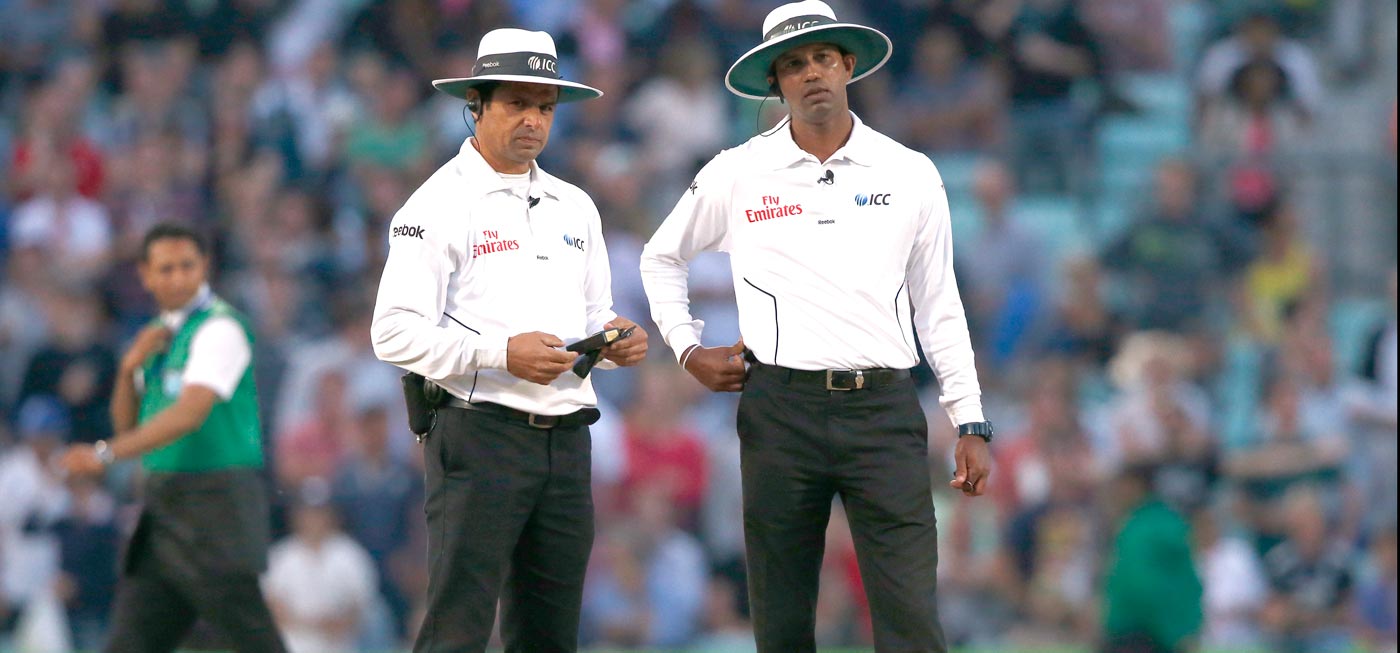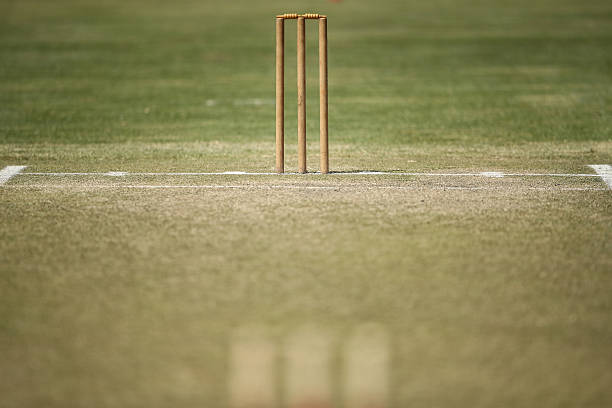Cricket is a game of precision and strategy, where every run counts. In the world of cricket, runs can be scored in various ways, including through the batsman’s hits, overthrows, and extras like byes and leg byes. These seemingly complex terms have specific rules governing them, and in this blog post, we’ll break down the intricacies of bye and leg-byes in cricket.
23.1 Byes
Byes are a fascinating aspect of cricket. If you’re a cricket enthusiast, you must have heard the term “byes” being mentioned during a game. But what exactly are byes, and how are they awarded?
When a bowler delivers the ball, and it’s not wide, if the ball passes the striker (the batsman facing the delivery) without making contact with their bat or body, any runs scored from that delivery, including boundaries, are credited as byes to the batting side. It’s important to note that if the bowler delivers a no-ball, a one-run penalty is incurred in addition to the byes scored.
23.2 Leg Byes
Leg byes are another way for the batting side to add runs to their total. These are runs scored when the ball first strikes the body or person of the striker. However, these runs are awarded with certain conditions.
23.2.1 – Leg bye needs umpire’s approval: striker must bat or dodge to score them.
23.2.2.1 – Runs are scored if the striker meets either of these conditions. If there is no subsequent contact with the striker’s bat or person, or if there’s only accidental contact with the striker’s bat or person, any runs scored are credited to the striker (if there’s subsequent contact with the bat) or to the batting side as leg byes.
23.2.2.2 – However, if the striker deliberately makes a lawful second strike, specific laws (34.3 and 34.4) apply.
23.2.3 – If the runs in 23.2.2.1 are not credited to the striker, they are scored as leg byes. Additionally, if the bowler delivers a no-ball, a one-run penalty is incurred for the no-ball.
23.3 Leg Byes Not to Be Awarded
There are instances where leg byes should not be awarded. If the umpire believes that neither of the conditions in 23.2.1 has been met, leg bye shall not be awarded.
If not for other stoppages, the umpire calls a “Dead ball” when the ball reaches the boundary or after the first run. Here’s what happens next:
- All runs scored are disallowed for the batting side.
- Any not-out batter returns to its original end.
- A no-ball is signaled to the scorers if applicable.
- Any 5-run penalty applicable except for penalty runs under Law 28.3 (protective helmets belonging to the fielding side) is awarded.
Understanding the rules of byes and leg byes is crucial for both players and fans, as it adds an exciting dimension to the game. These rules ensure fairness and maintain the integrity of cricket. When watching cricket, pay attention to byes and leg byes—they can be game-changers!



